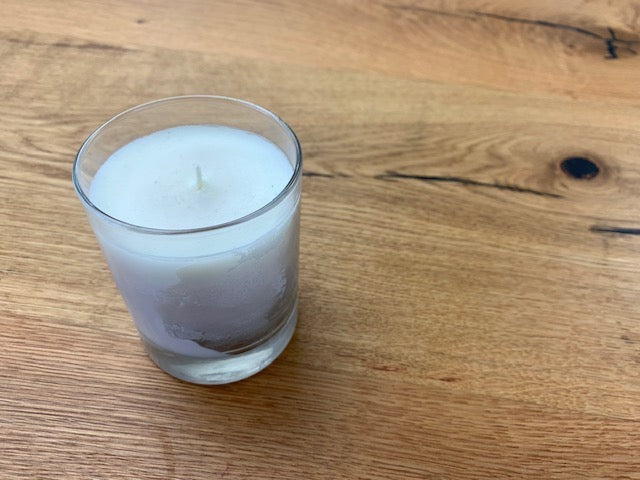Introduction
If you've ever observed a burning candle closely, you may have noticed the occasional appearance of air bubbles within the wax. This seemingly simple phenomenon has piqued the curiosity of many candle enthusiasts. In this blog post, we'll explore the reasons behind the occurrence of air bubbles in candles and unveil the science behind this fascinating process.
The Composition of Candles
To understand the presence of air bubbles or wet spots as they also call it, it's essential to delve into the composition of candles. Most candles consist of a combination of wax and a wick. The wax serves as the fuel that sustains the flame, while the wick acts as a conduit, drawing the liquid wax upward to be vaporized and subsequently burned.
The Formation of Air Bubbles
Air bubbles in candles are a result of the intricate interplay between temperature, wax composition, and the burning process. As a candle burns, the heat generated causes the wax to melt, forming a pool of liquid around the wick. However, not all wax is consumed immediately, leading to the presence of partially melted and solidified wax. When the solidified wax cools and hardens, it may trap air within its structure, creating the characteristic air bubbles seen in candles. This process is more likely to occur in candles with a higher wax content or those that burn at lower temperatures like vegan soy wax does. The trapped air becomes visible as the wax solidifies, creating an intriguing visual effect.
Factors Influencing Air Bubble Formation
- Wax Composition: Different types of wax have varying melting and solidifying points. Beeswax, for example, tends to have a higher melting point than paraffin wax. The choice of wax in a candle can influence the likelihood of air bubble formation.
- Burning Temperature: Candles that burn at lower temperatures may experience a slower and more gradual melting process, providing more time for air to become trapped within the wax.
- Candle Design: The size and shape of the candle, as well as the quality of the wick, can also play a role in air bubble formation.
Conclusion
In conclusion, the appearance of air bubbles in candles is a captivating yet entirely natural occurrence. It adds a touch of uniqueness to each candle, turning it into a work of art as the wax solidifies around trapped air pockets. Understanding the science behind this process enhances our appreciation for the craftsmanship and complexity involved in creating these timeless sources of light and atmosphere.
